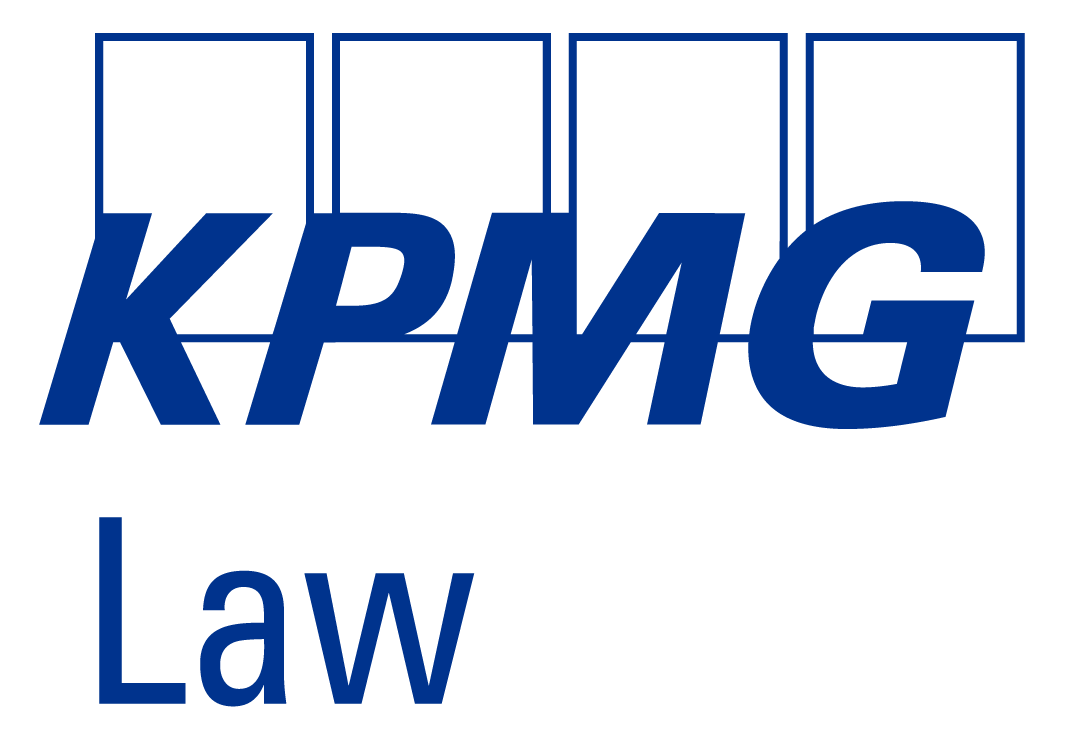With a budget of €95.5 billion, Horizon Europe is the EU’s most ambitious research and innovation program to date. While it offers unparalleled funding and collaboration opportunities, it also brings with it a complex legal and contractual landscape. For participants (e.g. universities, research institutions, and private companies) understanding the applicable legal framework and ensuring that the contractual arrangements are properly shaped is critical to a successful project.
A typical Horizon Europe project involves the conclusion of two main agreements. First, the Grant Agreement – which sets out the terms of the grant and the modalities of the project – is entered into between the European Commission (or one of its executive agencies) and the beneficiaries (usually organized in a consortium). Second, the beneficiaries enter into a Consortium Agreement, which governs the internal relationship between them.
As the European Commission generally requires the Grant Agreement to be governed by Belgian law, most Consortium Agreements are also made subject to Belgian law for consistency. This makes it essential for participants to understand how Belgian contract law may affect their rights and obligations. Importantly, Belgian contract law has undergone significant reforms in recent years, with direct implications for project contracting under Horizon Europe.
In this contribution, we highlight a number of key legal attention points that Horizon Europe participants should consider – with a particular focus on contractual and intellectual property (IP) aspects.
Understanding the role of the contracts
While the Grant Agreement is largely dictated by the European Commission (on the basis of a model agreement), participants have considerably more flexibility when it comes to shaping the Consortium Agreement. The Consortium Agreement sets out the roles and responsibilities of each participant, the internal governance and decision-making structure, and – crucially – the management of IP rights and project results.
Although standard templates exist – such as the widely known DESCA model – participants are free to adapt the Consortium Agreement to reflect their specific needs and arrangements, provided it remains compatible with the overarching obligations in the Grant Agreement.
In terms of IP, the Consortium Agreement typically defines how Background IP is made available, how project results are generated, owned and disseminated, and how access rights are granted for both implementation and exploitation purposes. Given the multi-jurisdictional and multi-party nature of Horizon Europe projects, Consortium Agreements must be carefully and precisely drafted to avoid legal uncertainty, internal disputes, and unforeseen complications over ownership or use of results.
Understanding the implications of the IP arrangements
Nearly all Horizon Europe projects are IP-intensive, making it essential for participants to understand how their IP is protected, and what rights they (and other participants) have in relation to each other's IP.
Background IP – Define it or risk losing it
Participants are required to define their Background IP – that is, pre-existing IP and know-how relevant to the project. If this is not done clearly, there is a risk of unintentionally granting rights to valuable proprietary technologies or confidential know-how.
Participants should therefore carefully list (and, where appropriate, expressly exclude) their Background IP in writing – typically in an annex to the Consortium Agreement. This ensures that access rights are granted only to the extent necessary for project implementation or exploitation and prevents misunderstandings later on.
Results – Know the Belgian rules
Results generated during the project may be owned individually or jointly, depending on the level of contribution of the participants involved. The joint creation and subsequent exploitation of such results is one of the more complex areas in Horizon Europe collaborations and can easily lead to disputes – sometimes years after the project has ended (for example, during a long patent application process).
Under Belgian law, the threshold for joint ownership is relatively low. For example, a person or organization may be deemed a co-owner of a patent simply by having made a creative or intellectual contribution to the invention – even if that contribution does not meet the legal criteria for patentability (e.g. inventive step or novelty). As a result, participants must proceed with caution before filing patent applications or claiming exclusive rights over project results. Failing to properly involve potential co-owners may result in disputes, loss of rights, or even non-compliance with EU funding rules.
Furthermore, under Belgian law, for results protected by copyright or software rights, mutual consent is generally required for joint exploitation, whereas for patents, each co-owner may exploit the invention independently, but licensing to third parties requires consent from the other co-owners.
However, applicable EU rules override some of these default positions, promoting early collaboration and shared exploitation strategies. The Model Grant Agreement requires in this respect that participants do not act unilaterally and engage early in discussions on commercialization. Participants should therefore include in the Consortium Agreement terms for the exploitation of joint results or, where considered relevant, enter into specific joint ownership agreements.
Access rights – broader than you may think
Horizon Europe mandates access rights to Background IP and results for project implementation (royalty-free) and for exploitation purposes (royalty-free or on fair and reasonable conditions).
Participants should in this respect ensure that any third-party obligations – for example, those arising from licensors, subcontractors, or joint ventures – do not conflict with the access rights they are required to grant under the project. It is also important to align internal IP policies and existing contracts with these obligations to avoid accidental non-compliance or legal conflicts.
Understanding the impact of Belgian contract law
Considering the applicability of Belgian law in most cases, it is critical for all participants to have a proper understanding of how Belgian contract law applies to these contracts and which implied legal provisions affect their legal position (for example in respect of performance standards, implied warranties, liability, etc.).
Furthermore, it must be emphasized that the most recent reforms of Belgian contract law bring changes that affect the drafting and interpretation of Consortium Agreements governed by Belgian law. Although most new rules apply only by default (suppletive law), they will apply unless expressly derogated from in the contract – making it crucial to anticipate their effects. In this contribution, we only highlight the two following changes:
Termination of multi-party agreements
The new Belgian Civil Code introduces clearer rules on the termination of multi- party agreements (such as a Grant Agreement or Consortium Agreement). In a Horizon Europe context, this raises questions such as:
- can one party withdraw or be forced to exit without affecting the validity of the entire Consortium Agreement?,
- should the agreement always include modular structures or partial termination clauses?, and
- is there a shared economic interest, and if so, can the contributions of each party be separated?
To avoid legal uncertainty, exit strategies should be clearly defined in the contract, including procedures for replacing a participant or reallocating tasks.
Liability of agents and subcontractors
The new Belgian Civil Code has also abolished the long-standing prohibition of cumulation, which prevented the combination of contractual and extra-contractual claims for the same breach in most instances, and removed the quasi-immunity of agents, employees, and subcontractors. Under the new rules, participants can, under conditions, direct claims against the agents, employees, and subcontractors of the other participants/contract parties. However, certain defenses remain available and certain exceptions exist as well.
This broadens the risk exposure of participants and warrants a review of liability clauses, as well as of flow-down provisions in subcontractor agreements.
Conclusion
As Belgian law is the backdrop for Horizon Europe Grant Agreements and Consortium Agreements, understanding its nuances is essential. Belgian contract law influences core aspects such as liability, termination, and the enforceability of multi-party agreements and can therefore not be overlooked. At the same time, intellectual property remains central to the success of Horizon Europe collaborations. Therefore, clearly defining Background IP, anticipating joint ownership scenarios, and aligning exploitation strategies are all critical to avoiding disputes and protecting long-term value.
In short, participants should approach these projects not only as research opportunities but also as complex contractual and IP undertakings that require careful legal planning.
This article was published in the third edition of the IP newsletter of 2025 from KPMG global.
Related news:
How can we help?
Discover our expertise











